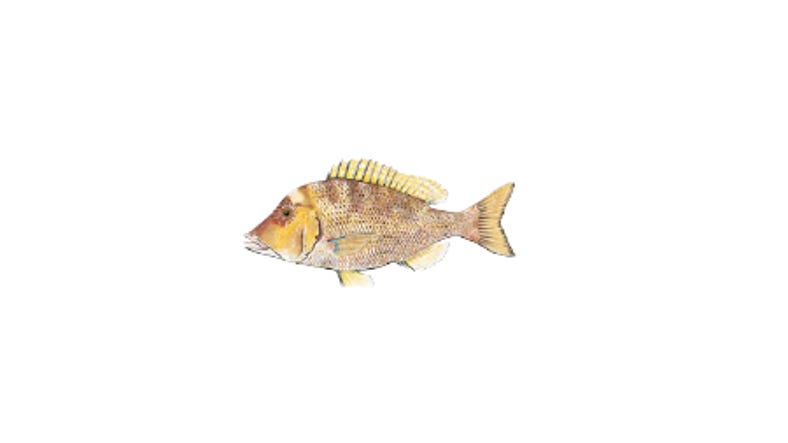The Territory’s waters are bubbling with everything from barra and cod, to salmon and saratoga, but the common theme here is undoubtedly ‘big’.
Here’s a selection of some of the more popular species anglers may target in top end waterways.
Barramundi
The Barra is most at home in tidal estuaries and rivers, an aggressive predator the fish will take a wide range of lures, although live bait will often entice reluctant fish to strike. With the exception of periods when the tropical summer is in full flow, you can find great barra fishing action just about anytime of the year.
Black Jewfish
The Black Jewfish caught in the Northern Territory are usually 8–15kg in size. This powerful fish tends to congregate in deep holes, around rough bottom structures and on sunken wrecks and man-made artificial reefs. It can be targeted year-round, but December and January are prime months. Once hooked, its fighting strategy is uncomplicated: straight ahead and at a blistering pace. Anglers usually fish for Black Jewfish with solid reef fishing tackle and squid and fish baits, baited on big strong hooks and dropped to the bottom. Black Jewfish will often also take an artificial lure fished from lighter barramundi tackle, and provide a memorable sport fishing experience. The Black Jewfish is an excellent table fish.
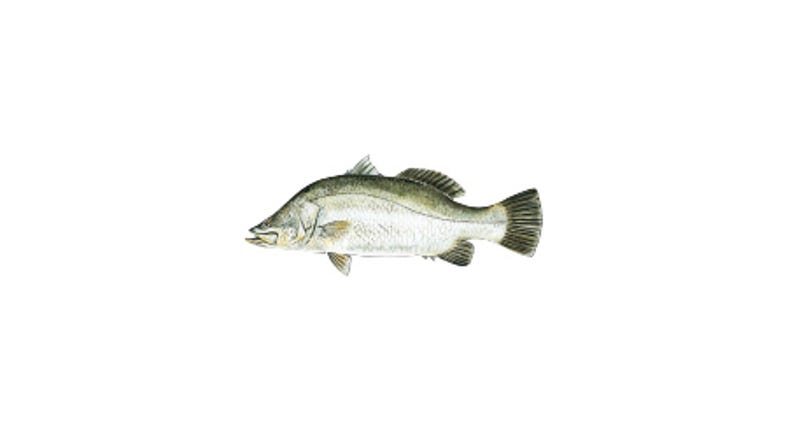
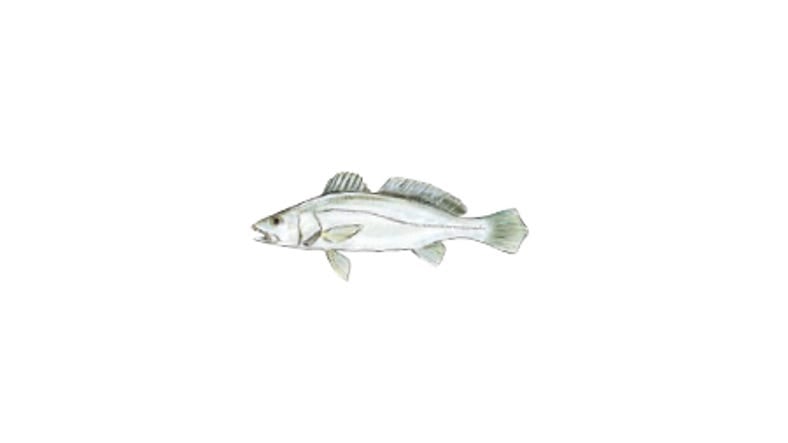
Blue Salmon
The Blue Salmon grows to 8kg, but is usually encountered at 1–3kg. They’re often caught when Barramundi fishing in the mangrove creeks, and can be caught year-round, but are more prolific from June to August. It’s common to encounter schooling numbers at creek mouths on an incoming tide. It’s regarded as a good table fish.
Cobia
Cobia grow to over 50kg and are great fighters that are renowned for being lost close to the boat, where they’re most difficult to handle. They rarely form large schools, usually moving in small groups of 2–5 fish. Normally encountered offshore over rocky or coral bottom, they’re often caught while fishing for Spanish Mackerel. Smaller specimens are often observed swimming alongside Manta Rays. The Cobia is an excellent eating fish.
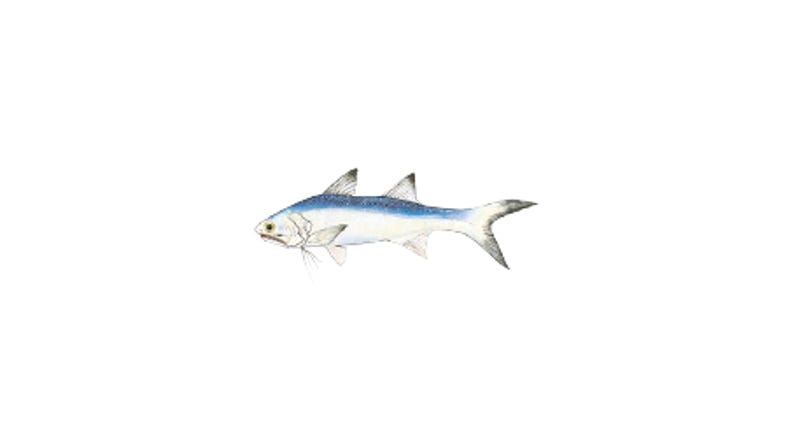
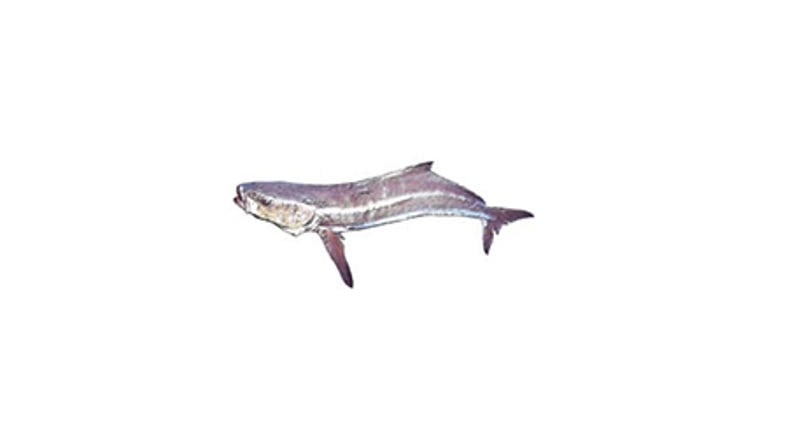
Cod & Groper
There are several cod-like species in Territory waters, but the estuary cod and the Queensland groper are the most commonly caught. These fish can grow to well over 200kg, and inhabit both mangrove estuaries and offshore creeks. Cod species are fine table fish; Queensland Groper are not very good to eat and should be released.
Coral Trout
Coral Trout are particularly common along the Arnhem Land and Gulf of Carpentaria coast, and are also readily available around the Perron Islands west of Darwin. In the Top End, they attain a maximum size of 8kg. Many consider the Coral Trout to be one of our finest table fish.
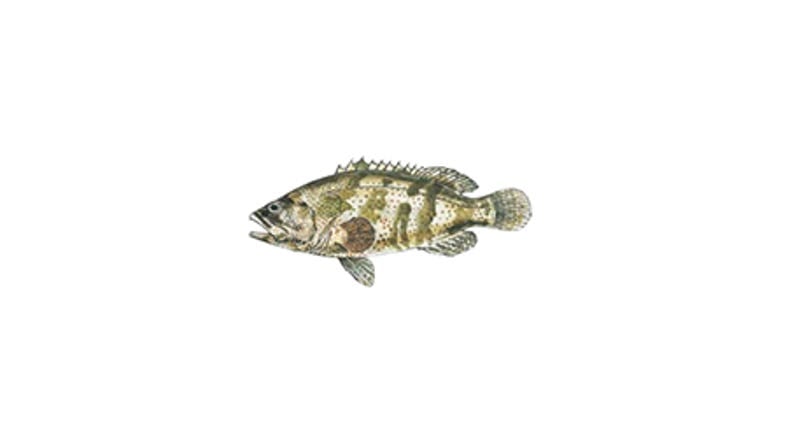
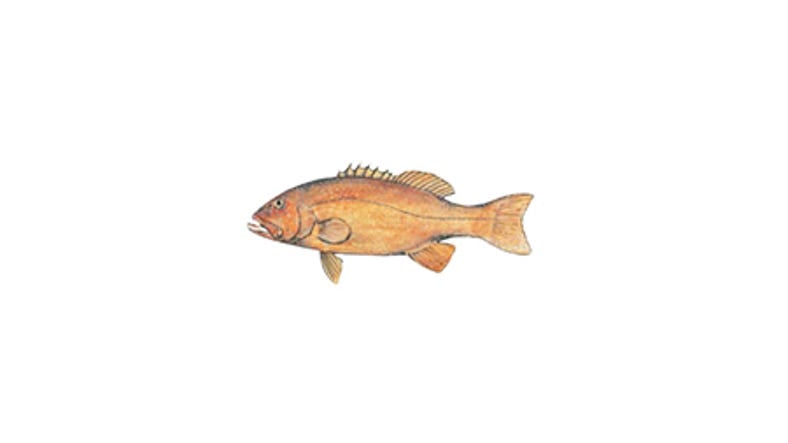
Giant Trevally
The Giant Trevally is the biggest and toughest member of the Trevally family. They’re common in Top End waters and attain a weight in excess of 40kg. One of the hardest fighting tropical fish, the giant Trevally will test any angler and any tackle. It’s not highly regarded as a table fish.
Golden Snapper
Golden Snapper are prolific in the Northern Territory, they can be found in most saltwater location, from tidal creeks and estuaries to coastal reefs. Often encountered in large schools and attaining a weight in excess of 8kg, the Goldie is considered by many to be our number one fish.
Golden Snapper can be caught year-round, but congregate in larger numbers on inshore reefs and in estuaries during the build up and throughout the tropical summer. They take a well-presented squid bait with relish and fight hard and doggedly when hooked. Once located in a school, Golden Snapper will feed ravenously, but they have the annoying habit of the school moving off if a hooked fish is lost before being brought aboard. The Golden Snapper is a superb table fish.
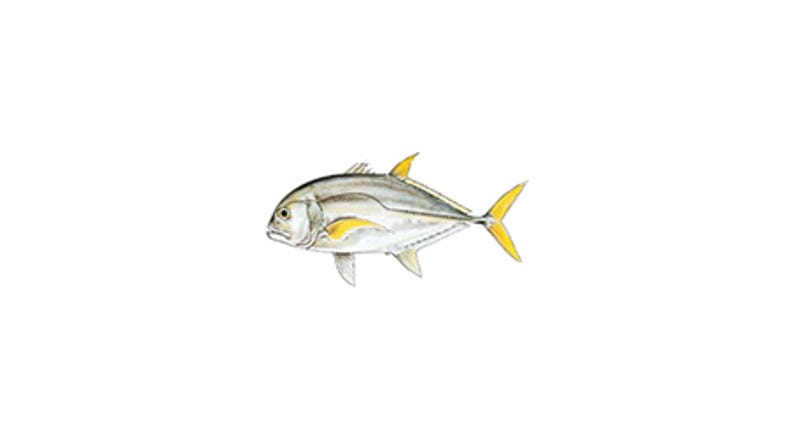
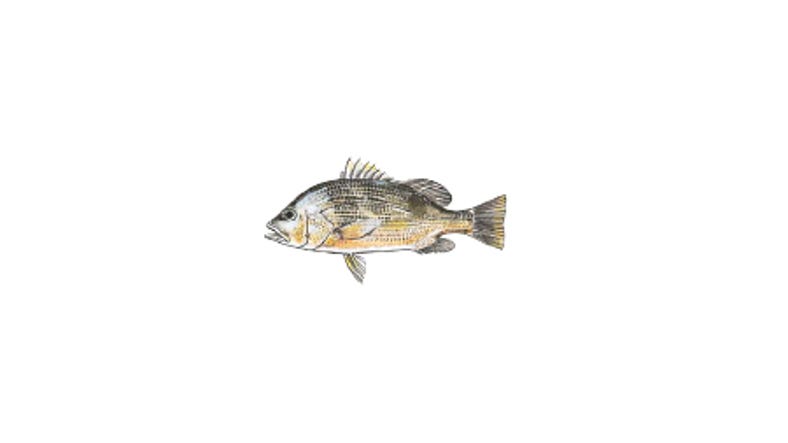
Golden Trevally
Although Golden Trevally in Territory waters don’t reach as large a size as on the east coast, schools of 2–5kg fish provide an exciting sport along coastal reefs. Once a school is located, fish can be caught one after the other on lead-head jigs or by trolling with deep-diving minnows. It’s probably the best eating of the Trevally species.
Longtail Tuna
Longtail Tuna are prolific in Top End offshore waters in the dry season, but also often venture into estuaries. They attain a maximum weight of 15kg and can be seen in large schools feeding actively on the surface in areas close to shore and in open sea. Longtail Tuna are reasonable eating when bled and iced promptly, and are excellent served raw as sashimi.
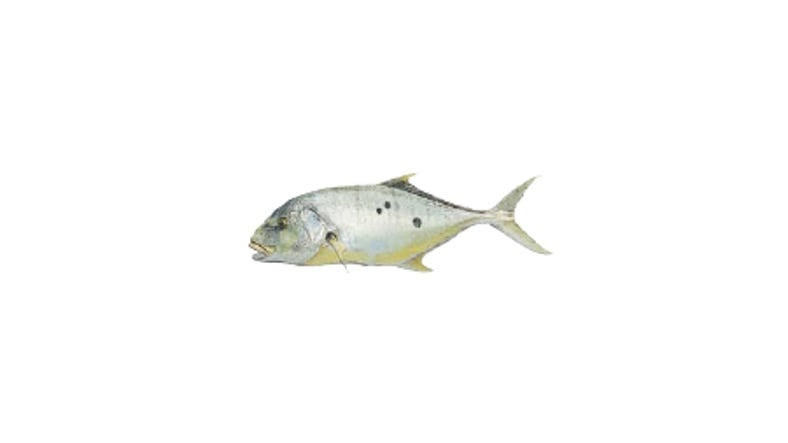
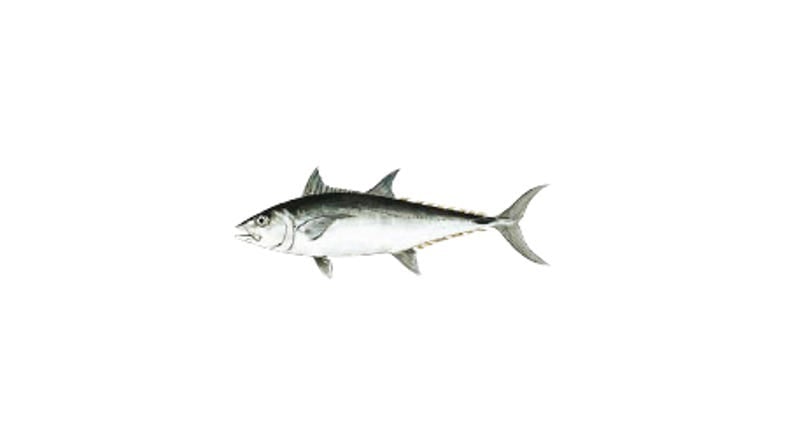
Mangrove Jack
Shallow, mangrove-lined creeks along the coast provide the best jack fishing, but they’re often taken from bottom structures such as snags and rockbars in saltwater rivers and estuaries. Creek Jacks rarely weigh more than 1.5kg, but larger specimens up to 10kg are sometimes caught offshore. This is an excellent table fish.
Pikey Bream
Pikey Bream rarely exceed 1kg in the Top End. They school in very large numbers in estuaries in the cooler months of the dry season. For the rest of the year, they inhabit shallow tidal creeks where they’re occasionally caught on lures. They taste every bit as good as their southern cousins.
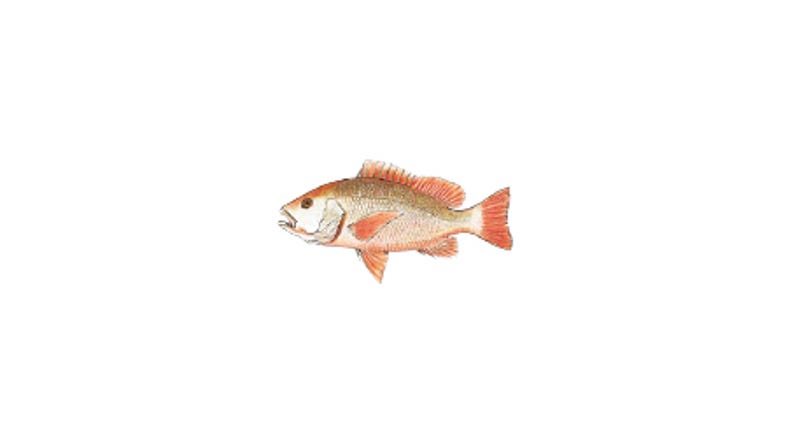
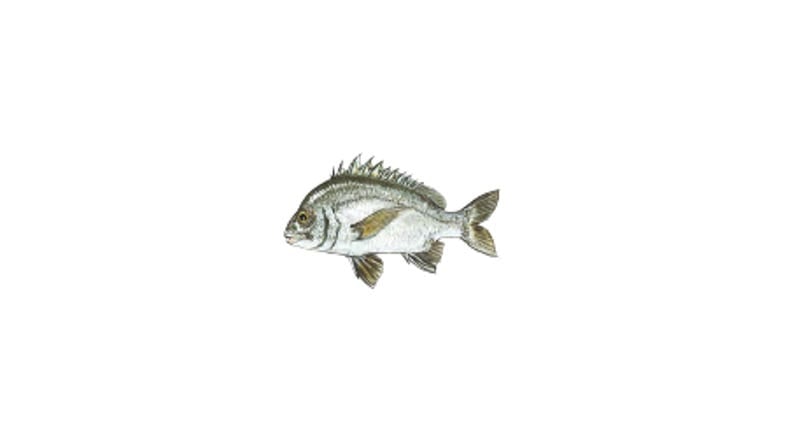
Queenfish
The Queenfish is one of the Top End’s great sportfish. It grows to 14kg and is often encountered at 7–9kg. Once hooked it combines speed, aggression and spectacular aerial displays in its zest to get away. It’s best eaten on day of capture.
Red Emperor
The Red Emperor attains a maximum weight of 8kg in the Top End and is caught on reefs along most of the Territory Coastline. Some of the best fishing is wide of Dundee Beach, around the Perron Islands and along the Arnhem Land and Gulf of Carpentaria coast where it’s prolific. The Red Emperor is a highly sought-after table fish.
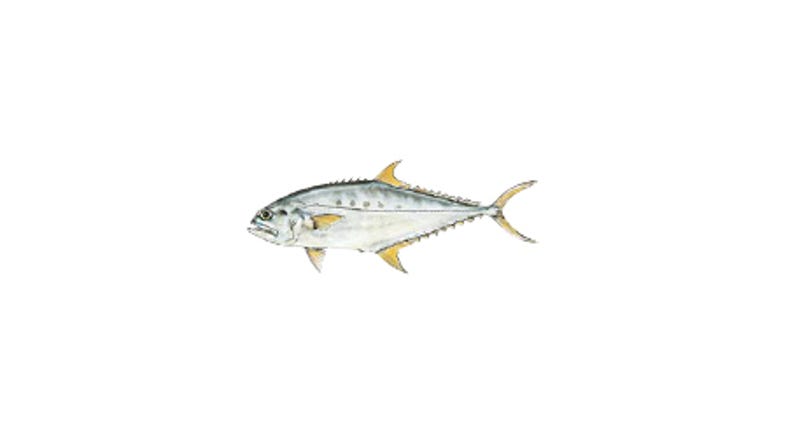
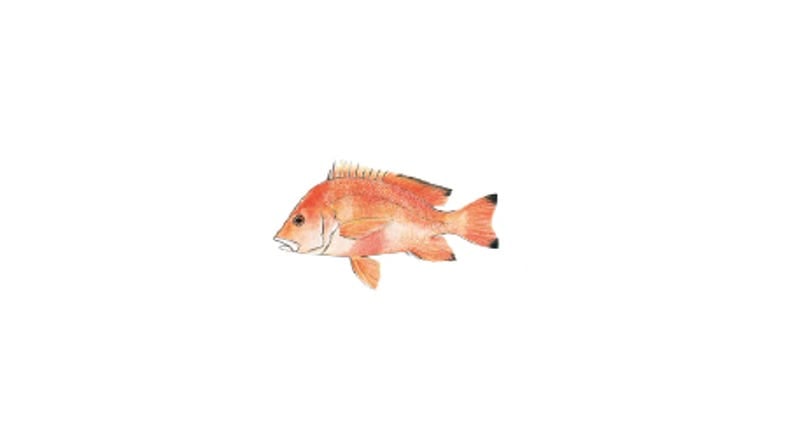
Saddle-tail Snapper
Saddle-tail Snapper are caught on the many of the Top End’s reefs, with some of the best fishing for them on the deep-water artificial reefs such as those at Fenton Patches off Darwin. They have a dark patch covering the upper side of the tail wrist, which accounts for their name, and they grow to over 10kg. They’re quite a good table fish.
Saratoga
Saratoga are beautifully coloured, high-jumping fish found in fresh water rivers, creeks and more commonly, in billabongs where they tend to shelter under lilies and other water plants waiting for a passing meal. They grow to about 7kg but are usually caught at 1–3kg. Don’t bother trying to eat one.
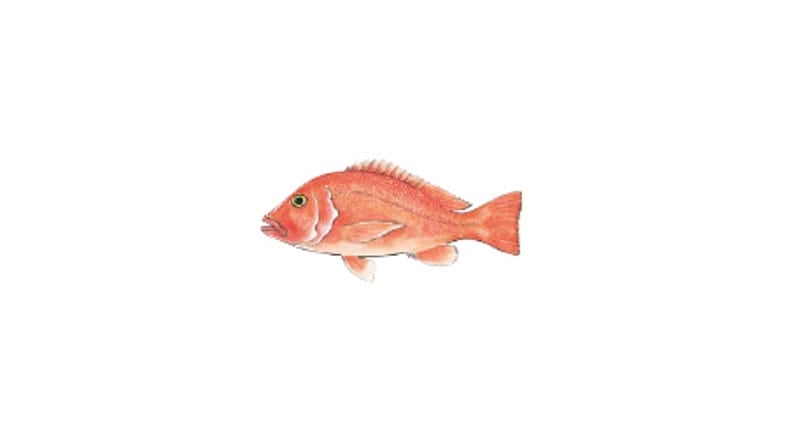

Spanish Mackerel
Spanish Mackerel school right along the Territory coast. Fish of 12kg and over are common, and 35kg monsters are caught each year. Spaniards are great fighters with sizzling speed and are wonderful on lighter tackle. They can be caught off the coast year-round, but come inshore during the dry season. They’re also excellent eating. Broadbar or Grey Mackerel are also common in Territory waters.
Threadfin Salmon
Threadfin Salmon are often seen breaking the surface as they feed near the water’s edge in the lower river reaches and estuaries. They’re great fighting fish with hard runs and high lure-shaking jumps. They can be caught year round but are prolific between November and March. They grow to 15kg but anglers rarely encounter them larger than 8kg. It’s a first-class table fish.
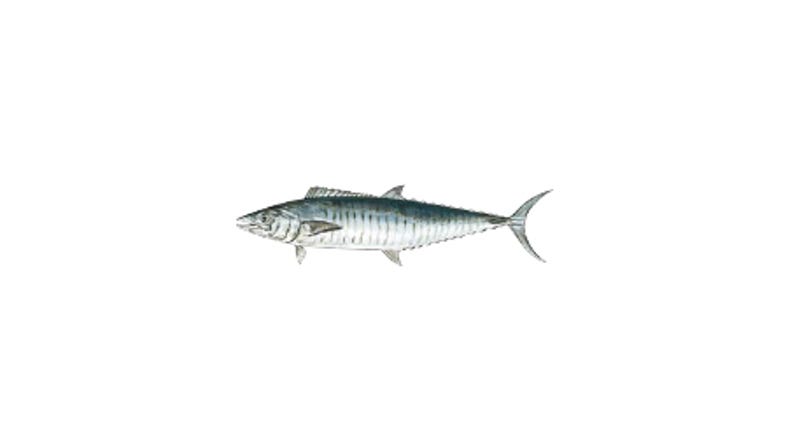
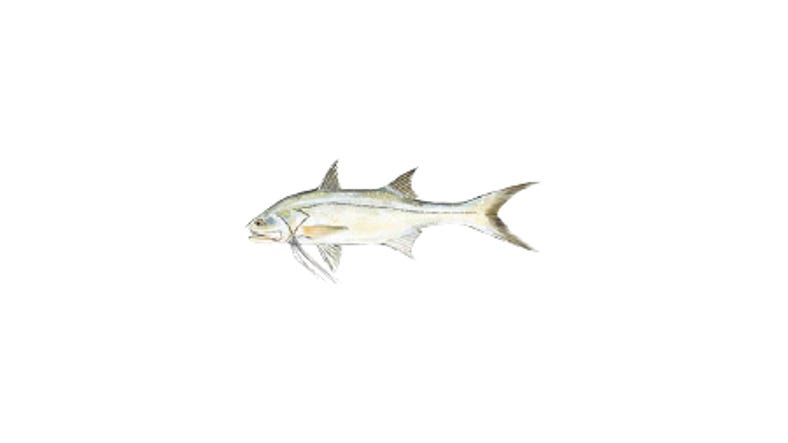
Tricky Snapper
Trick Snapper are prolific over shallow reef areas right round the Top End coast. The species is not nearly as tricky to catch as its name suggests. It grows to 6kg and feeds aggressively when presented with a succulent fish or squid bait. The Tricky snapper has excellent eating qualities.
Mud crabs
Mud crabs are common in Territory inshore waters and often a fun alternative to line fishing. An incoming tide spent baiting and checking the crab pots in an estuary can be most rewarding, especially if you end the day with a few muddies. Territory mud crabs are regarded as an absolute delicacy.
